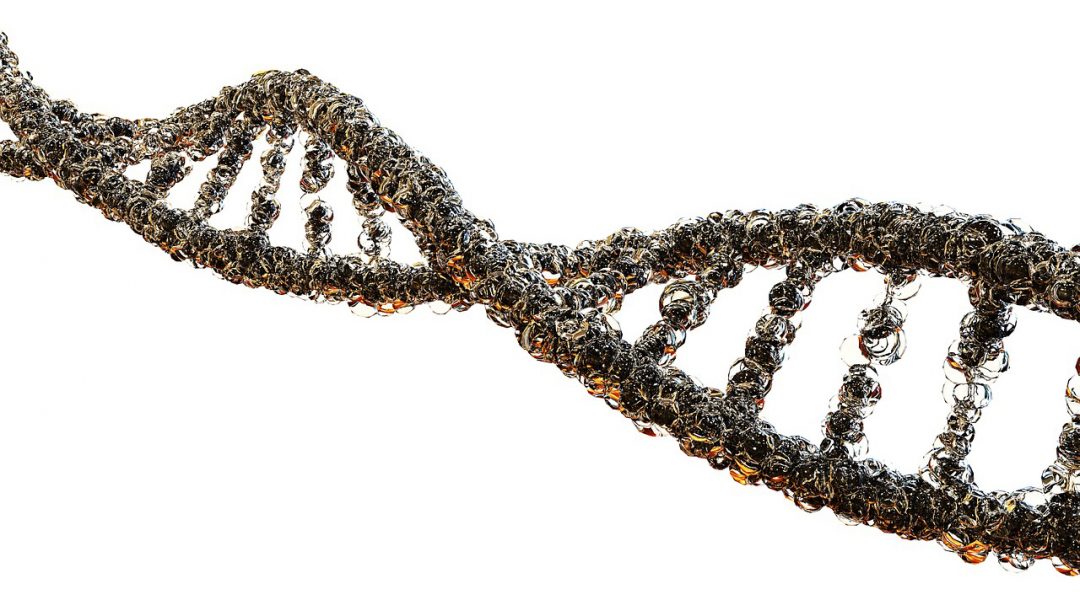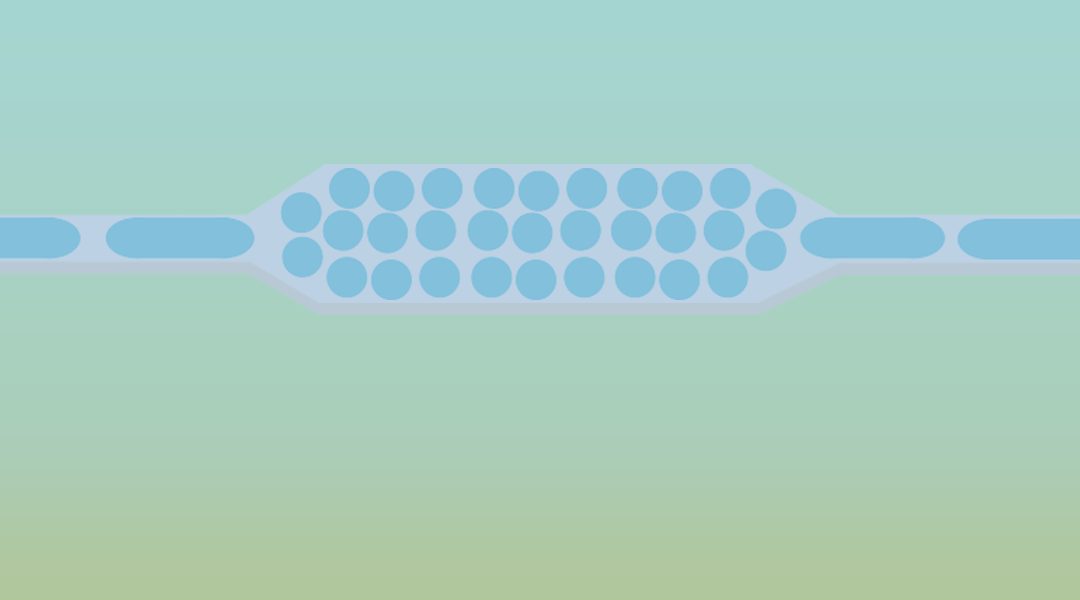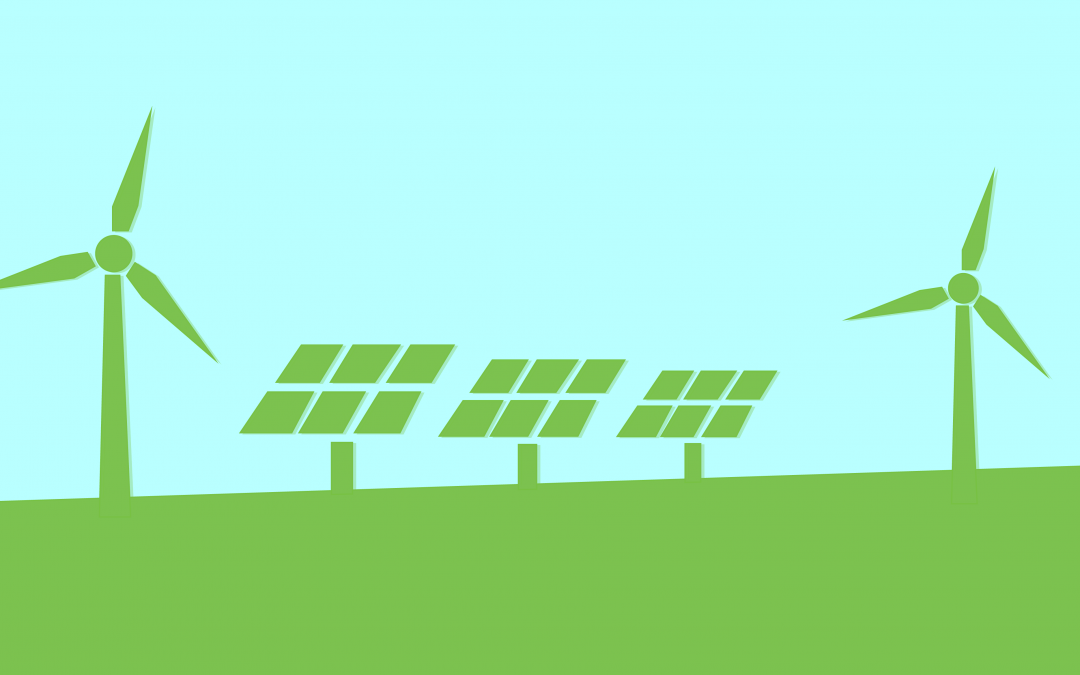Catalytic Fast Pyrolysis (CFP) is an emerging technology that holds promise for converting renewable feedstocks, like biomass, into fuels and chemicals.



Catalytic Fast Pyrolysis (CFP) is an emerging technology that holds promise for converting renewable feedstocks, like biomass, into fuels and chemicals.
The opportunities and challenges of salvage logging of biomass after natural disturbances to supply wood-based bioenergy.
As the home of the largest mangrove area in the world, Indonesia is a key player in the international blue carbon agenda. While it has over 22% of world’s mangroves, Indonesia is also facing rapid mangrove degradation.
None are likely better suited to interdisciplinary research than those early in their scientific careers, and the next generation of scientists whom they are today teaching, advising, and mentoring.

“DNA makes RNA makes protein”? After transcription, mRNAs undergo a series of ‘post‐transcriptional’ regulatory processes to be finally translated into functional proteins. Changes in these regulatory processes are important driving forces underlying the evolution of phenotypic differences across different species.

Waterbodies such as oceans, lakes, rivers and aquifers represent large reserves of thermal energy, which can be used to heat or cool nearby buildings and infrastructure.

The potential of rapid diagnostics and screening has led to burgeoning interest in droplets, as it is increasingly used to detect novel disease biomarker targets.
If scientists’ dreams came true, everyday items such as mobile devices, clothing and vehicles would be equipped with flexible solar cells.

Although the overall functionality of Cas9 and Cas12a is remarkably similar, their distinct structural features result in distinct molecular mechanisms that impact their activities.

The principle of a ceramic fuel cell and the most important microscopic techniques for analyzing these devices are presented.